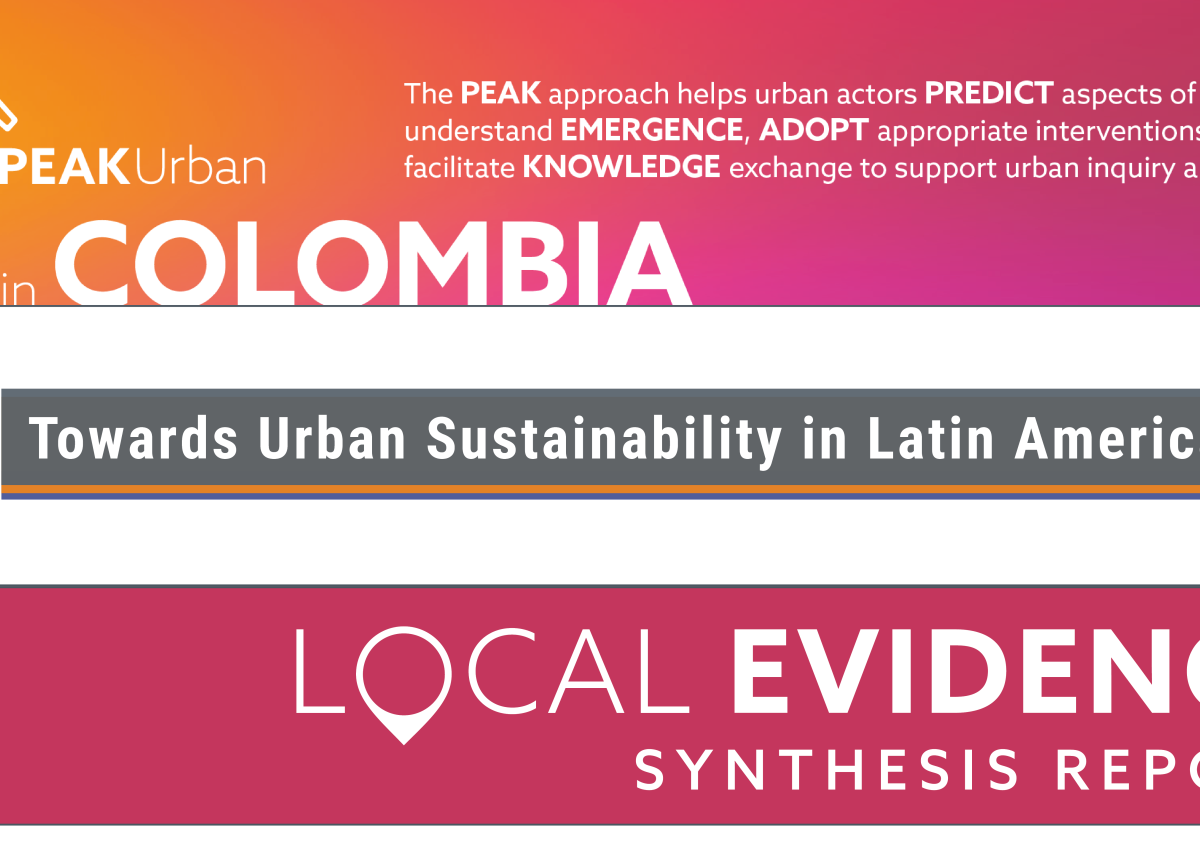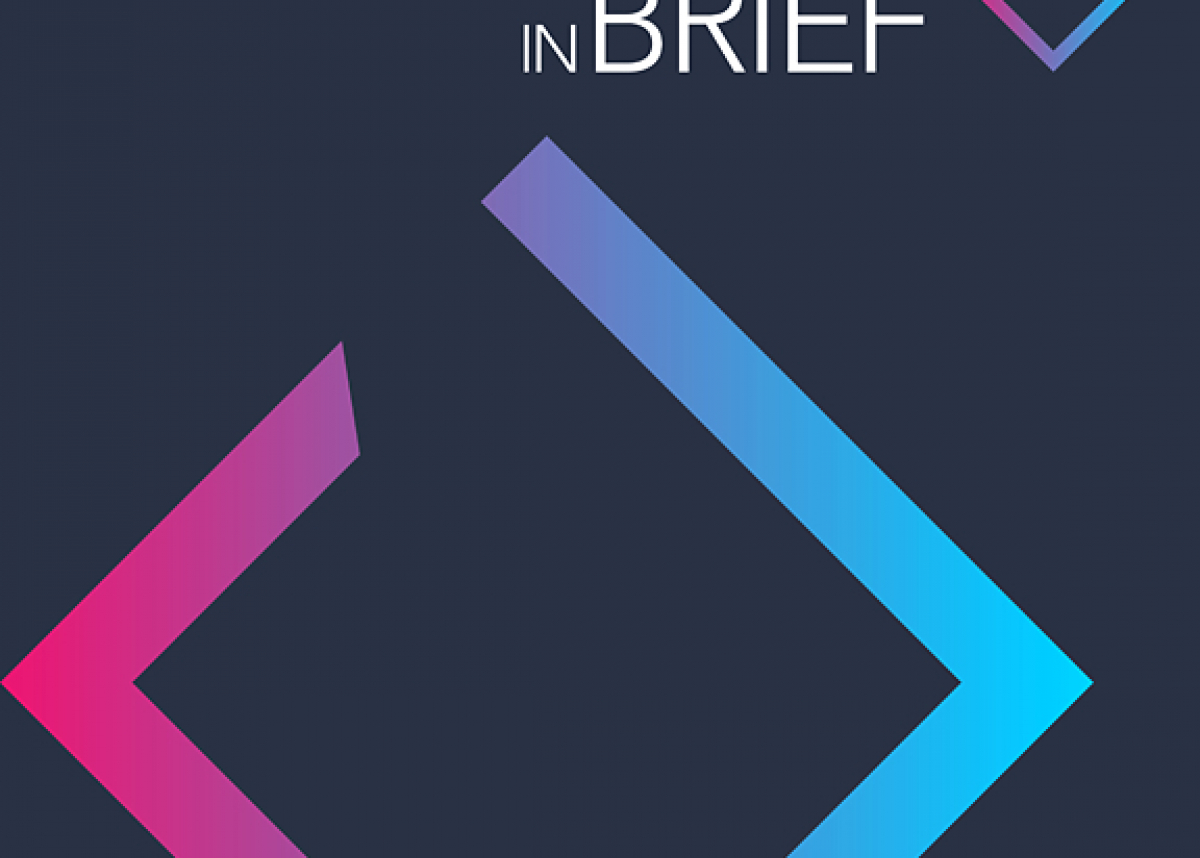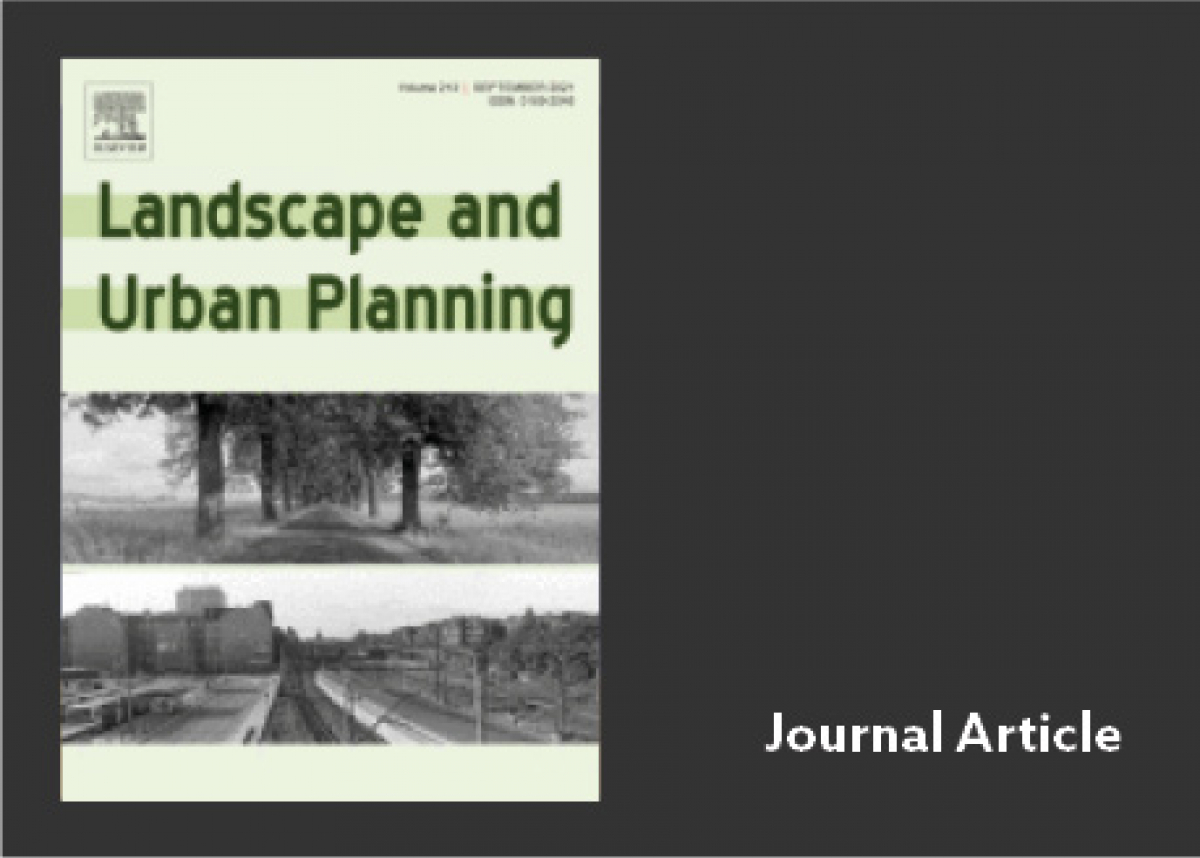
Use of deep learning models in street-level images to classify one-story unreinforced masonry buildings based on roof diaphragms
Highlights
- This paper focuses on one-story unreinforced masonry buildings.
- One-story unreinforced masonry buildings are vulnerable to seismic loads.
- Unreinforced masonry represents 31% of the residences of the Andean region.
- We use neural networks to classify the roof diaphragm flexibility of buildings.
- Our model has an accuracy of 0.80, a precision of 0.88, and a recall of 0.84.
In this paper, we explore the potential of convolutional neural networks to classify street-level imagery of one-story unreinforced masonry buildings (MURs) according to the flexibility of the roof diaphragm (rigid or flexible).
This information is critical for vulnerability studies, disaster risk assessments, disaster management strategies, etc., and is of great relevance in cities where unreinforced masonry is the most common building typology or where the majority of the population resides in such buildings. Our contribution could be useful for local governments of cities in developing countries seeking to significantly reduce the number of deaths caused by disasters.
Our research results indicate that VGG19 is the convolutional neural network architecture with the best performance, with an accuracy of 0.80, a precision of 0.88, and a recall of 0.84. The results are encouraging and could be used to reduce the amount of resources (both human and economic) for the development of detailed exposure models for unreinforced masonry buildings.
D. Rueda-Plata, D. González, A.B. Acevedo, J.C. Duque, R. Ramos-Pollán,
Use of deep learning models in street-level images to classify one-story unreinforced masonry buildings based on roof diaphragms, Building and Environment, Volume 189, 2021,
https://doi.org/10.1016/j.buildenv.2020.107517.








